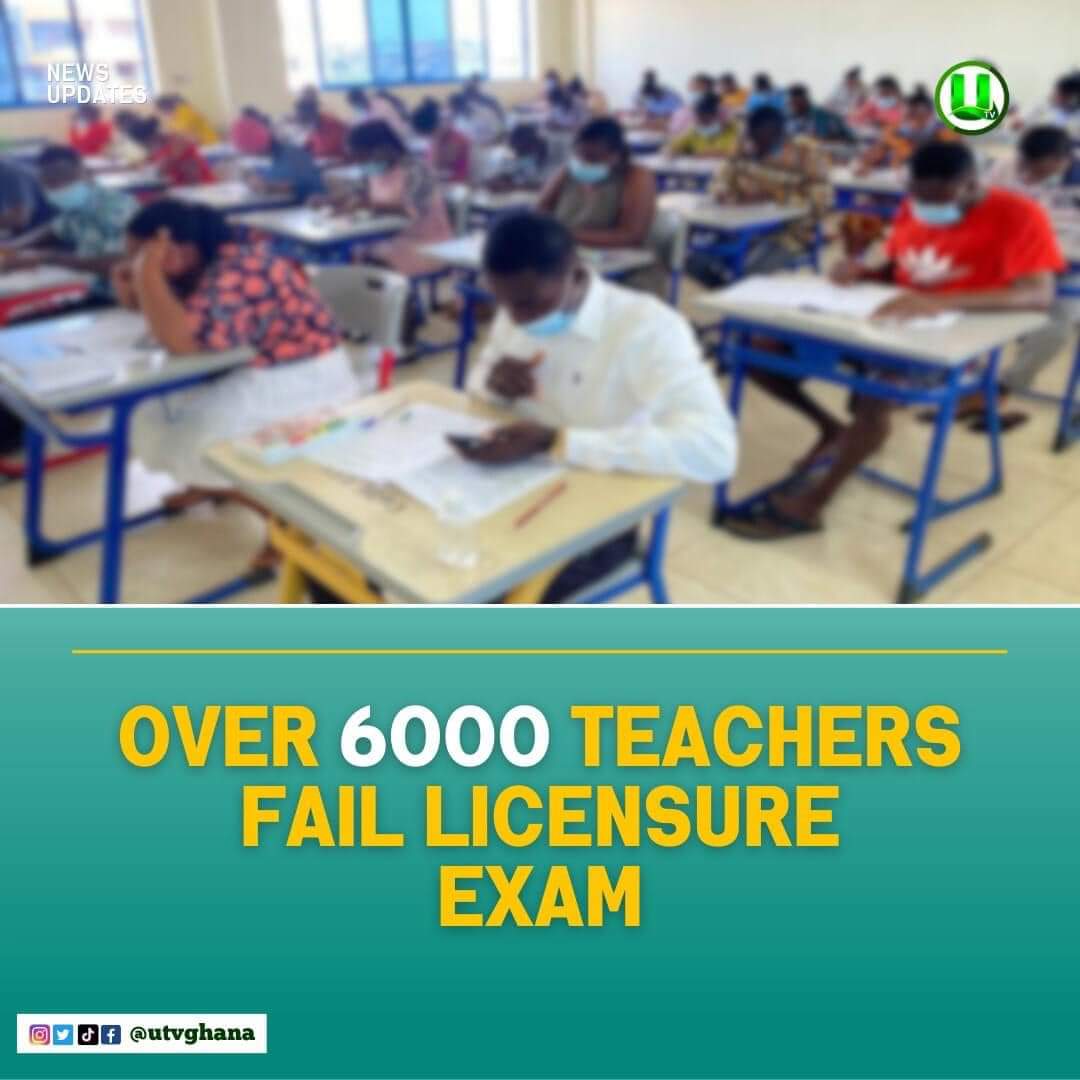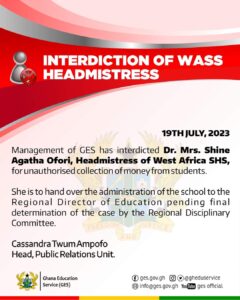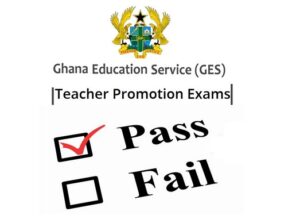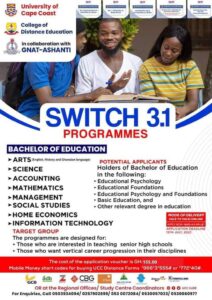Why Shorthand Writing Must Be Discouraged In The Teaching Profession
Following the number of teachers who failed the teacher licensure examination organised by the National Teaching Council (NTC), there have been a lot of underlying reasons for the mass failure. One reason that stood out is the use of shorthand writing by teachers and other professionals. This article seeks to explain Why Shorthand Writing Must Be Discouraged In The Teaching Profession.

Why Shorthand Writing Must Be Discouraged In The Teaching Profession
Following the number of teachers who failed the teacher licensure examination organised by the National Teaching Council (NTC), there have been a lot of underlying reasons for the mass failure. One reason that stood out is the use of shorthand writing by teachers and other professionals. This article seeks to explain Why Shorthand Writing Must Be Discouraged In The Teaching Profession. You might be wondering what shorthand writing is right?

What Is Shorthand Writing?
Shorthand writing is a method of rapid writing that uses symbols or abbreviations to represent words or phrases. It is designed to capture speech or information quickly and efficiently. Shorthand systems vary in their complexity and the symbols used, but the goal is to simplify the writing process and increase writing speed.
The use of shorthand dates back to ancient times, but it gained significant popularity and development in the 19th and early 20th centuries. It was widely used by stenographers, journalists, secretaries, and other professionals who needed to transcribe spoken words or take notes swiftly.
Shorthand systems typically involve creating symbols or abbreviations for common words, phrases, and sounds. These symbols can be based on letters, phonetic sounds, or arbitrary shapes. By using shorthand, writers can capture information in a condensed form, saving time and effort compared to writing in longhand.
“u,” “ur,” “fyn,” and “luk” are examples of shorthand writing commonly used in informal digital communication, particularly in text messaging and online chats. These are informal abbreviations or text-speak that aim to save time and effort by condensing words or phrases into shorter forms. While they may be convenient for quick and informal conversations, they are not considered proper or formal language usage.
It’s important to note that these forms of shorthand are primarily used in casual settings and should not be employed in professional or formal writing. In formal contexts, such as academic papers, business communications, or official documents, it is essential to adhere to standard language conventions and use complete words and proper grammar to ensure clarity and professionalism.
Why Shorthand Writing Must Be Discouraged In The Teaching Profession
Below are reasons why shorthand writing must be discouraged in the teaching profession.
-
Hinders Clear Communication
Abbreviated writing impedes clear communication between teachers and students. The use of shorthand forms and informal language can lead to misunderstandings, confusion, and misinterpretation of instructions, assignments, or feedback. Clarity is crucial in the classroom, as teachers need to convey information accurately and ensure that students comprehend the subject matter. Abbreviated writing lacks the precision and context necessary for effective communication, hindering students’ understanding and potentially compromising their academic progress.
-
Undermines Language Development
Abbreviated writing in the teaching profession can have adverse effects on students’ language development. Teachers serve as role models for language proficiency, and their use of abbreviated forms may inadvertently normalise improper grammar, spelling, and vocabulary. This can hinder students’ language acquisition, as they may adopt and internalise these informal writing conventions. Additionally, abbreviated writing disregards the importance of expanding vocabulary, using appropriate syntax, and mastering the nuances of language. By discouraging the tolerance of abbreviated writing, teachers can foster a language-rich environment that promotes proper language usage and supports students’ linguistic growth.
READ ALSO: 2023 NSMQ Seeded Schools.
-
Diminishes Professionalism and Authority
The teaching profession requires teachers to exhibit professionalism and authority, which extends to their communication style. The use of abbreviated writing undermines these essential qualities. Teachers are expected to uphold high standards of language usage, as they serve as models for their students. Abbreviated writing can diminish a teacher’s perceived professionalism and authority, potentially affecting the overall classroom dynamics and the students’ respect for their instructor. By adhering to proper language conventions, teachers demonstrate their commitment to their role and maintain a sense of authority that fosters a conducive learning environment.
-
Sets an Inappropriate Precedent
Tolerating abbreviated writing within the teaching profession sets an inappropriate precedent for students. As educators, teachers have a responsibility to instil in their students the value of effective communication and proper language usage. Allowing or condoning abbreviated writing can send the message that informal language shortcuts are acceptable, disregarding the importance of language skills in academic and professional settings. By holding themselves to a higher standard and discouraging the use of abbreviated writing, teachers can guide students toward developing strong communication skills and preparing them for success in their future endeavours.
The teaching profession plays a vital role in shaping students’ communication skills and language development. Abbreviated writing should not be tolerated within this profession due to its adverse effects on clear communication, language development, professionalism, and the establishment of appropriate language standards. By upholding proper language usage, teachers demonstrate their commitment to effective communication and provide students with a solid foundation for their academic and professional growth. Encouraging students to embrace clarity, precision, and formal language conventions is essential for fostering a language-rich and successful educational environment.







